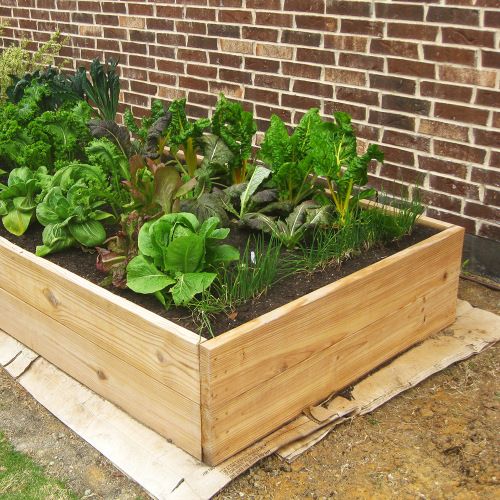
Having just finished putting in a raised bed for a client, I thought it would be helpful to offer some “builders” tips. If you are planning on putting in a raised bed, these tidbits of wisdom will hopefully make that project easier.
Prepping The Growing Area
Amongst the vast amounts of information available to us on how to start a garden, I think (and tell clients) it all boils down to: 1. Having enough sunlight, 2. Being in a convenient location near a water source, 3. Starting small, but having expansion in mind, and finally, 4. Understanding what you want to get out of it. Without expanding too much on each of these points, I’ll try to only hit the high notes.
1. Sunlight. You’ll need a location with at least 6-8 hours of full sun, period. More is certainly better, and less greatly reduces what, and/or how well things will grow.
2. Convenience & Water. If your garden isn’t in a convenient location, you may not tend to, or enjoy it as much. Being in my garden is always therapeutic, and keeping a regular watchful eye out for pests and diseases is important. In addition, the garden has to be close enough to a water source to be watered regularly (even if it means buying a longer hose).
3. Size & Quantity. I usually tell new gardeners to start with only one or two raised beds the first couple of seasons, but to have it on the back of their mind where additional beds would be placed in relation to it. This is very important for folks with smaller yards or limited areas for growing.
4. Garden ROI. The size, type and number of garden beds can be determined by the size of your household, your budget, and of course, what you want it to produce. A 4-foot by 8-foot bed will work nicely for a starter herb or ‘salad’ garden, but definitely won’t work if you aspire to grow competition-size pumpkins.
Finalizing The Location
After you have thought about some of these points, you can probably start to imagine what your garden will look like, and where you want to put it. Not intending to insult their intelligence, I always ask my clients a seemingly stupid, yet very important question when I’ve placed the raised bed frame into position: “Are you sure this is where you want it?” Why? Because one cubic yard of soil or compost weighs about 1 to 1 1/2 tons. Once the soil’s in the bed, it ain’t moving!
Choose Your Wood Wisely
Of the many types of materials available to build raised beds, I simply use wood lumber, which is one of the most popular. My advice here would be to take your time in picking the best wooden boards. I’ve been known to take more than an hour to select the best boards in the rack. If the boards aren’t near-perfectly straight, you will pay for it later when you’re screwing the corners together.
Transporting & Moving The Soil
If you have the task of getting the soil from the supplier to your home, knowing a few things can make this most difficult part of the process easier (and less painful). Having a full-sized pickup truck is almost mandatory if you are getting a cubic yard of soil or more. Before I forget, there is a reason why I’ve mentioned a cubic yard of soil, and not bags of soil – it’s much less expensive purchased by the cubic yard than by the bag.
If you don’t own (or can’t borrow) a large pickup truck (like myself), you’ll need to rent one from a home center or rental company. A word of advice – if you can’t reserve one by phone or online, get to the rental place very early. And while you’re at the home center, pick up a tarp large enough to cover the soil in the bed of the truck (unless you don’t mind distributing a portion of the soil all over the road on the way home).
Speaking of soil, my best friend on the day of soil delivery is the wheelbarrow used to move it. You don’t need a large garden to enjoy the benefits of a trusty wheelbarrow. After the tire on my wheelbarrow got flat before or during a job (twice), I knew it was time to replace it. It was replaced with a solid rubber type, not another tube-type. Although the solid rubber tire cost me more than the wheelbarrow itself, it serves as piece of mind that a flat will never happen again.
The tarp used to cover the soil on the truck doubles as a “drop cloth” once the soil has arrived home. Around the footprint of the truck, I spread the tarp on the client’s driveway to make cleaning up so much easier. You’ll need a few objects to hold down the edges of the tarp from blowing in the wind. A few bricks and iron barbell plates perform this task nicely.
Last, but certainly not least, you’ll need an old bath or beach towel. This is not for wiping sweat off your head – it’s for draping over the raised bed’s frame. Why? It acts as a “bumper” for the raised bed’s frame to prevent damage from the wheelbarrow as you are dumping soil into the bed.
What other raised bed-building tips or tricks have you learned?
Fine Gardening Recommended Products

The Regenerative Landscaper: Design and Build Landscapes That Repair the Environment
Fine Gardening receives a commission for items purchased through links on this site, including Amazon Associates and other affiliate advertising programs.

Razor-Back Potato/Refuse Hook
Fine Gardening receives a commission for items purchased through links on this site, including Amazon Associates and other affiliate advertising programs.

A.M. Leonard Deluxe Soil Knife & Leather Sheath Combo
Fine Gardening receives a commission for items purchased through links on this site, including Amazon Associates and other affiliate advertising programs.


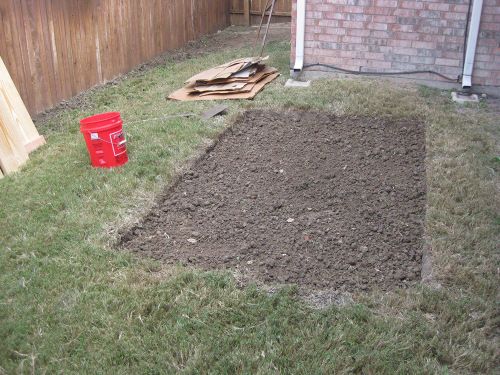
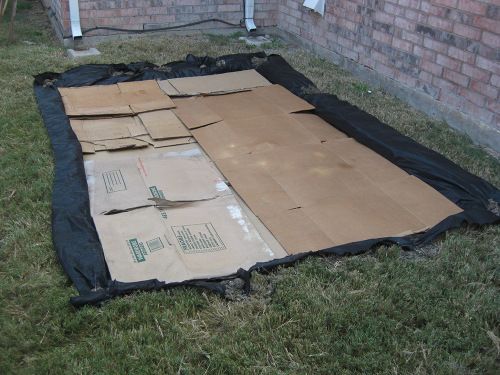

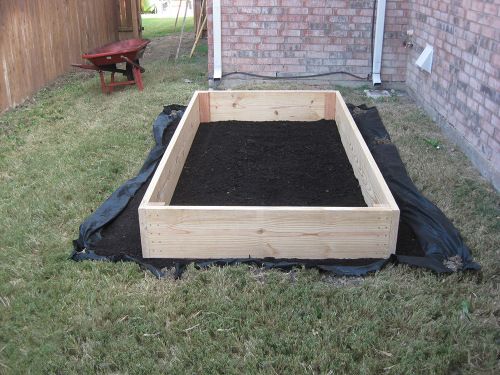
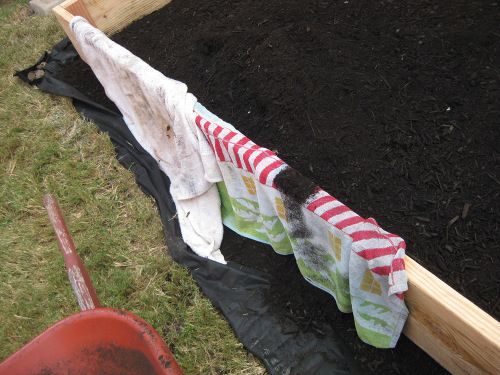

















Comments
Log in or create an account to post a comment.
Sign up Log in